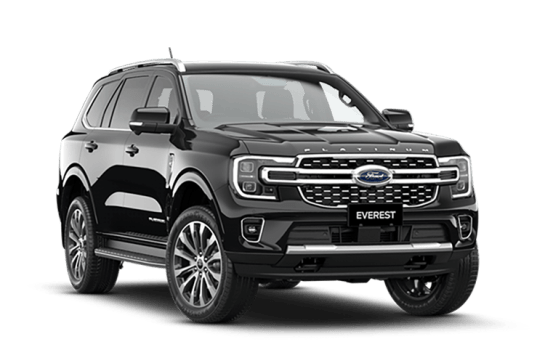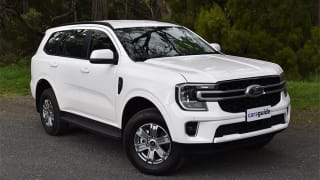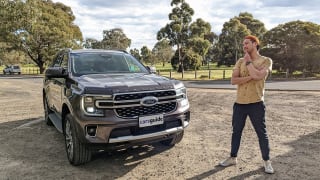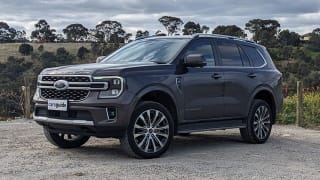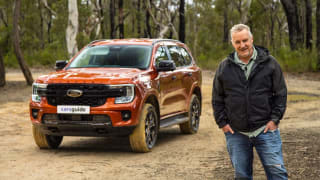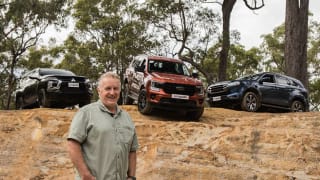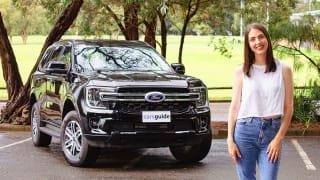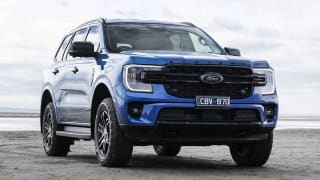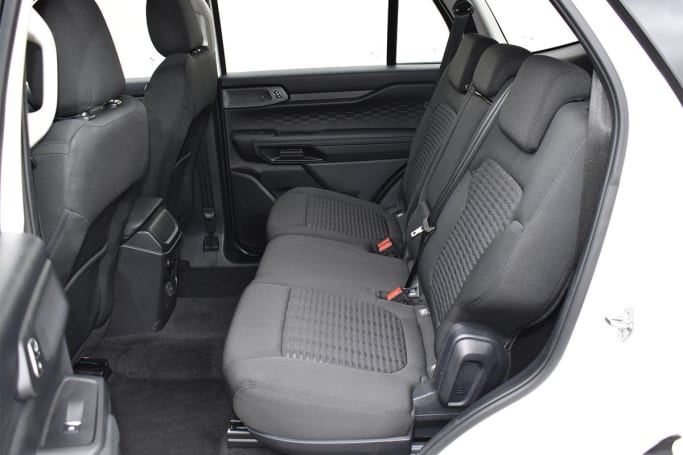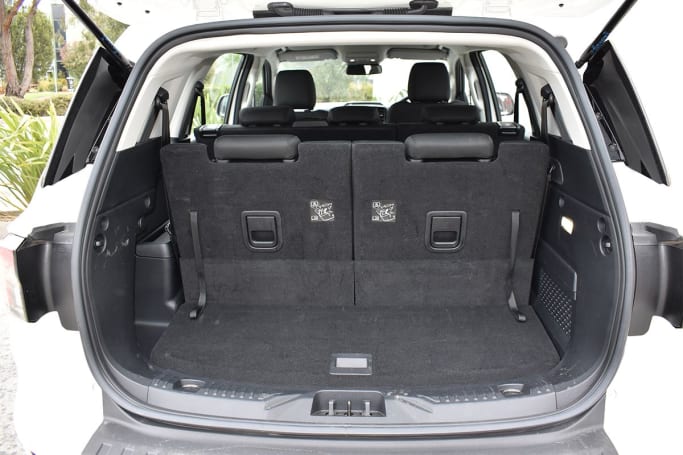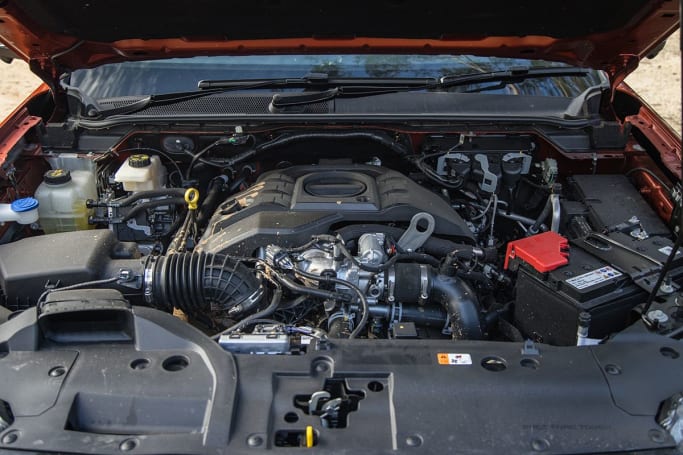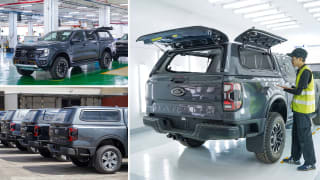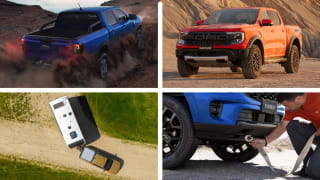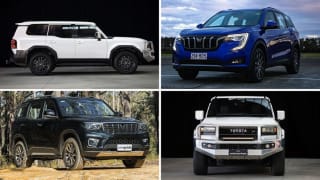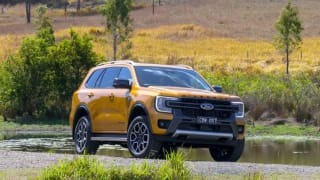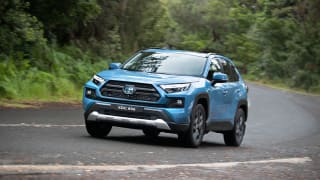Announced in 2013 as the replacement for the Australian-made Ford Territory, the Everest arrived three years later. And while it has been very well received critically, commercially the Thai-built SUV has not been able to outsell the Toyota Prado.
Engineered in Australia and largely based on Ford’s hyper-successful T6 Ranger truck, the Everest has been designed for family accommodation, so includes coil springs in the rear (as opposed to the non-Raptor Ranger's leaf springs) for a more comfortable ride. It comes in five and seven-seater configurations.
Engine choices comprised of a 3.2-litre five-cylinder turbo diesel (until 2022's complete redesign) and 2.0-litre twin-turbo diesel alternative in higher grades. 4x2 and 4x4 versions are available.
Elsewhere, the Everest is also known as Endeavour. The cheapest grade starts from $53,990, rising to $81,115 for the most expensive version.
This vehicle is also known as Ford Endeavour.


